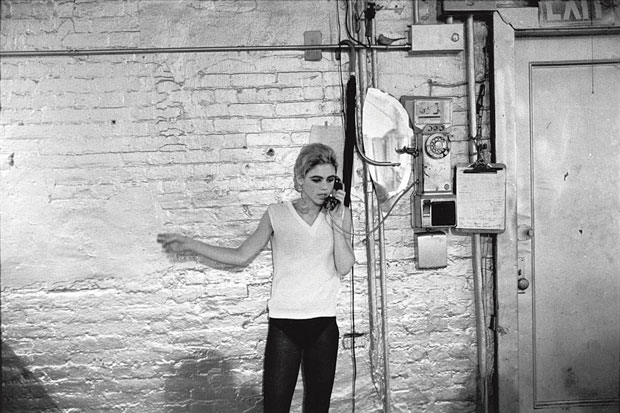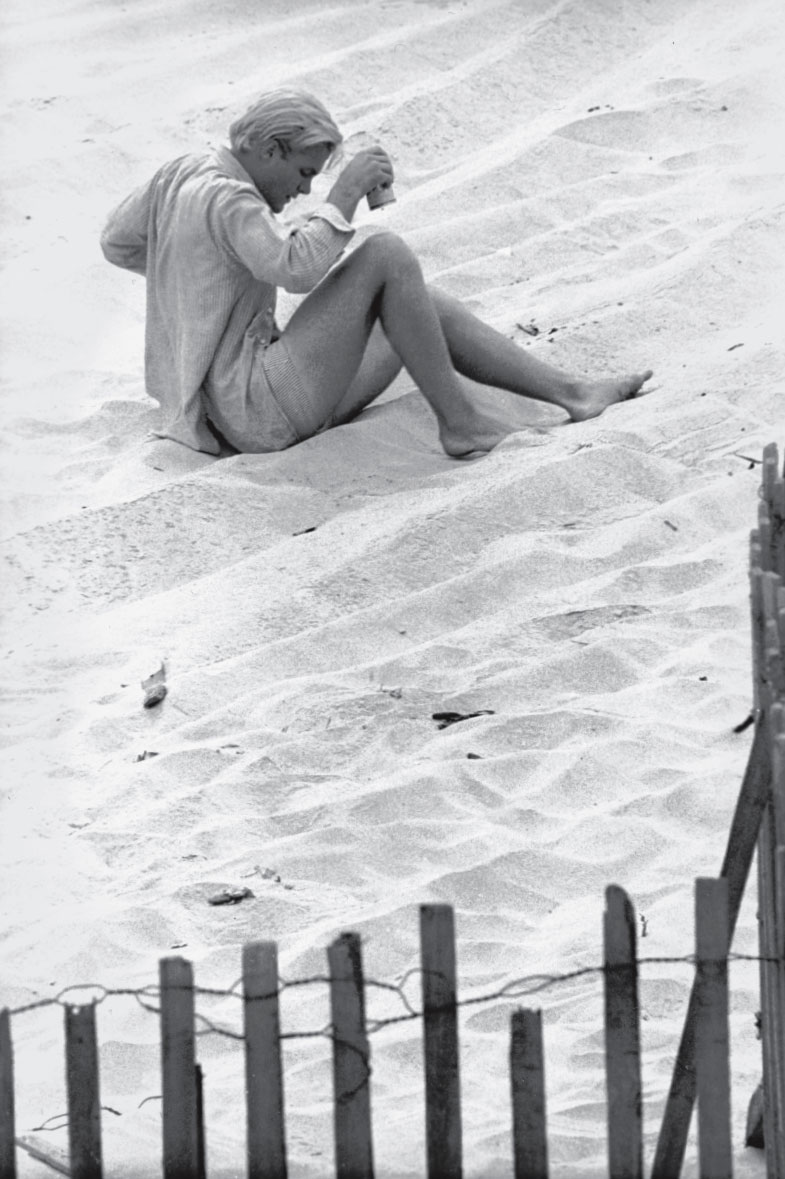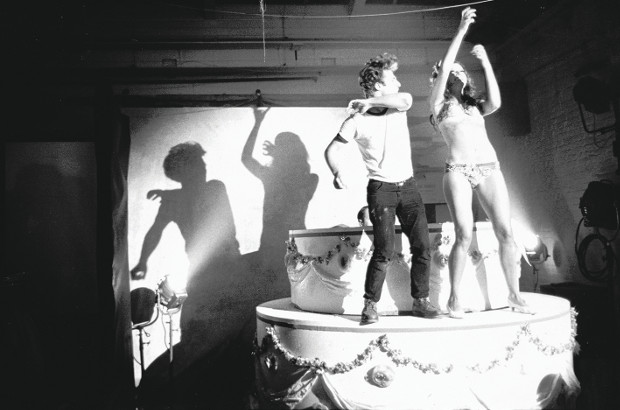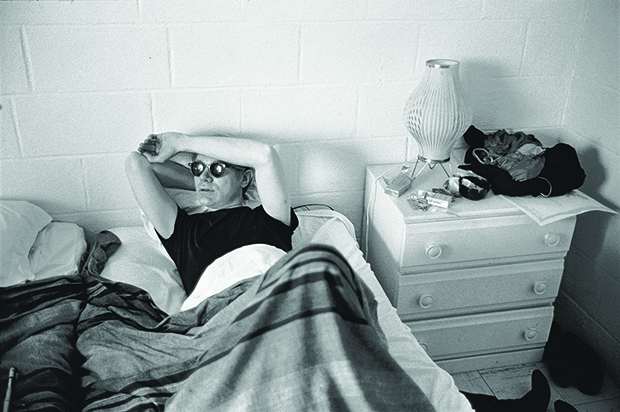
3 great anecdotes from Andy Warhol's Factory
Stephen Shore's new book not only includes wonderful photos but some equally evocative tales from the time
Stephen Shore was taking photographs from the age of six. By the age of fourteen, he felt so confident in his prospects as a lensman that he contacted Edward Steichen, first head of photography at the Museum of Modern Art, to show him his photos, with Steichen agreeing to buy three of them. Aged 17, he began to hang out at The Factory, Andy Warhol’s famous studio in midtown Manhattan, in which art, music and film would be made that would help unlock the 1960s as they would come to be experienced and regarded.
With its bevy of hip artists and darkly pretty young things, it was crying out for photographic documentation and for two years, Shore snapped countless pictures collected in Factory: Andy Warhol Steven Shore, his own artistic contribution to this extraordinary cultural vortex.
With excellent accompanying text by Lynne Tillman, Factory: Andy Warhol Steven Shore is a brilliant collection, showcasing an artistic phenomenon which found depth in the surfaces of modern, celebrity and icon-driven America. We can't deny it's also got a lot of great stories. In the first of a new series here are three from those who were there.

“[Warhol actor and acolyte] Paul America lived with me for a while. Lester Persky brought him to the Factory one night, and everyone went mad for Paul. Then later he sent me - he was in jail a couple of times - this stinking wooden cast, plaster cast for a broken leg. I mean, I used to get these from prison - these mementos, like a dog bringing a dead bird into your living room. I would get to open it and not know what to do with it. Open it in the basement. He also, with a friend, broke into my apartment and stole an Oldenburg shirt and a landscape by Lichtenstein and threw them away the next night in a garbage can in Brooklyn, and I was upset about that until I found out that the guy he’d done it with had died the same night, swinging - they were very high - swinging from the sixth floor of a tenement, trying to get into the apartment of somebody else to steal. I thought, art, theft, art, theft, I’m lucky. It was pretty horrible.” Curator Henry Geldzahler

“Andy’s parties were unique in that totally unknown, insignificant people, on one extreme, were there, or others who had heard or read about Factory parties and managed to crash it, standing on the sides watching - saying, what’s this all about? I just looked up by chance in my diary, and one of the entries says, “And there stood Montgomery Clift by himself, and nobody spoke to him, and he looked sort of very, very sad there. And there stood Tennessee Williams, and nobody, maybe, even knew who he was. And nobody spoke to him.” Filmmaker Jonas Mekas

“Often Andy and I would wind up, say, in Chinatown at 2 a.m. and share a cab home. We’d have conversations. He was very open and unaffected. He would say things he wouldn’t have said in a more public situation. One time Andy asked me if I had seen some film on the Late, Late Show the previous night. I forget the film, but Priscilla Lane was in it. A 1930s tearjerker. And, in fact, I had. Andy wanted to know what the ending was, because he said he started crying and fell asleep. Then he said, “And the television was off in the morning, so I guess my mother must have come in and turned it off.” He never talked about his mother. She was just mentioned as a part of his life, like, I woke up and the television was off, so I guess my mother turned it off. He never said anything reflective about her. But I remember, at the time, finding it stunning and poignant that he’s Andy Warhol, who’s just come from some all-night party or several of them, and has turned on the television and cried himself to sleep to a Priscilla Lane film, and his mother had come in and turned it off”. Stephen Shore
More great stories and even better photograhs can be found in Factory: Andy Warhol Steven Shore. Check back soon for the next bunch of stories from the book.